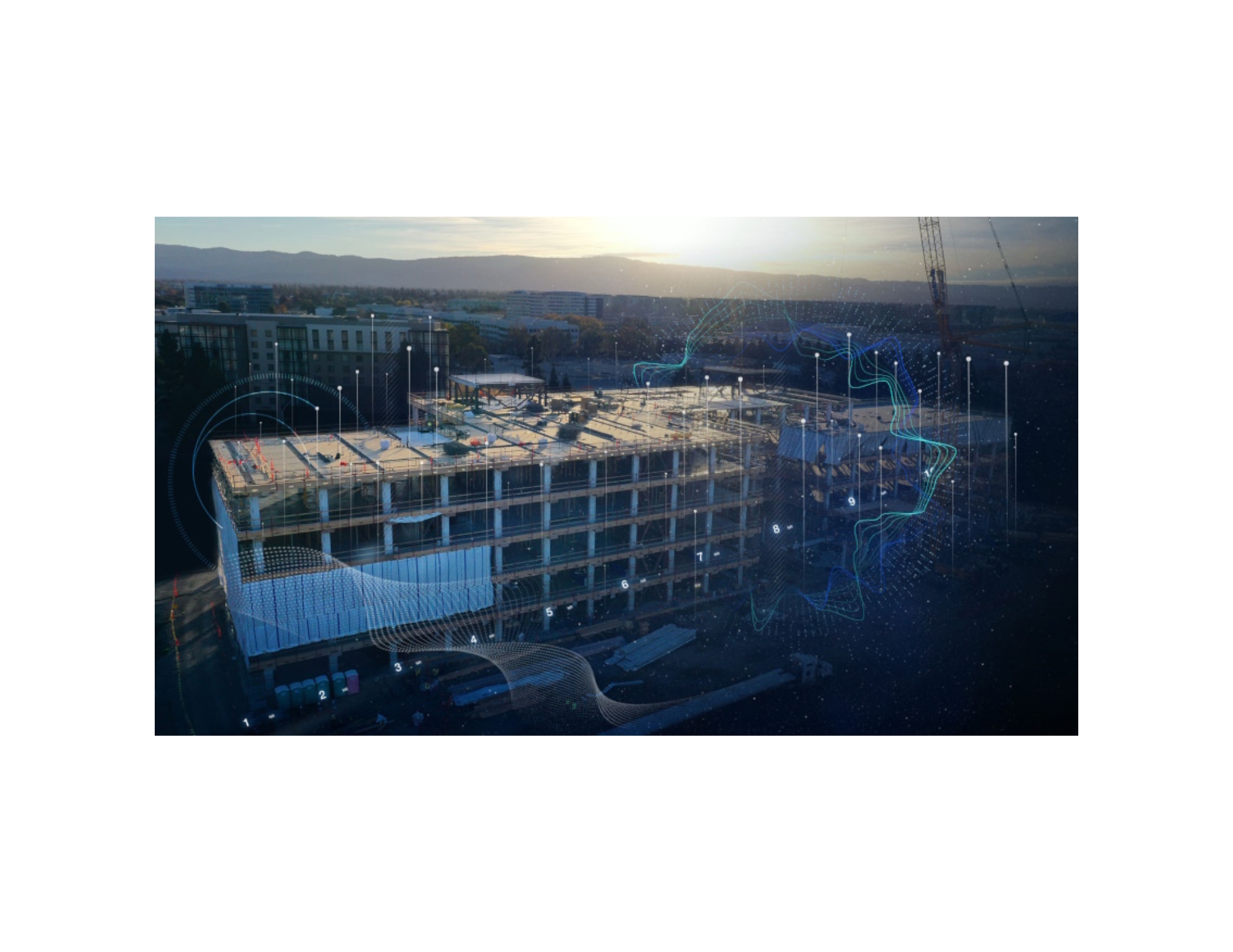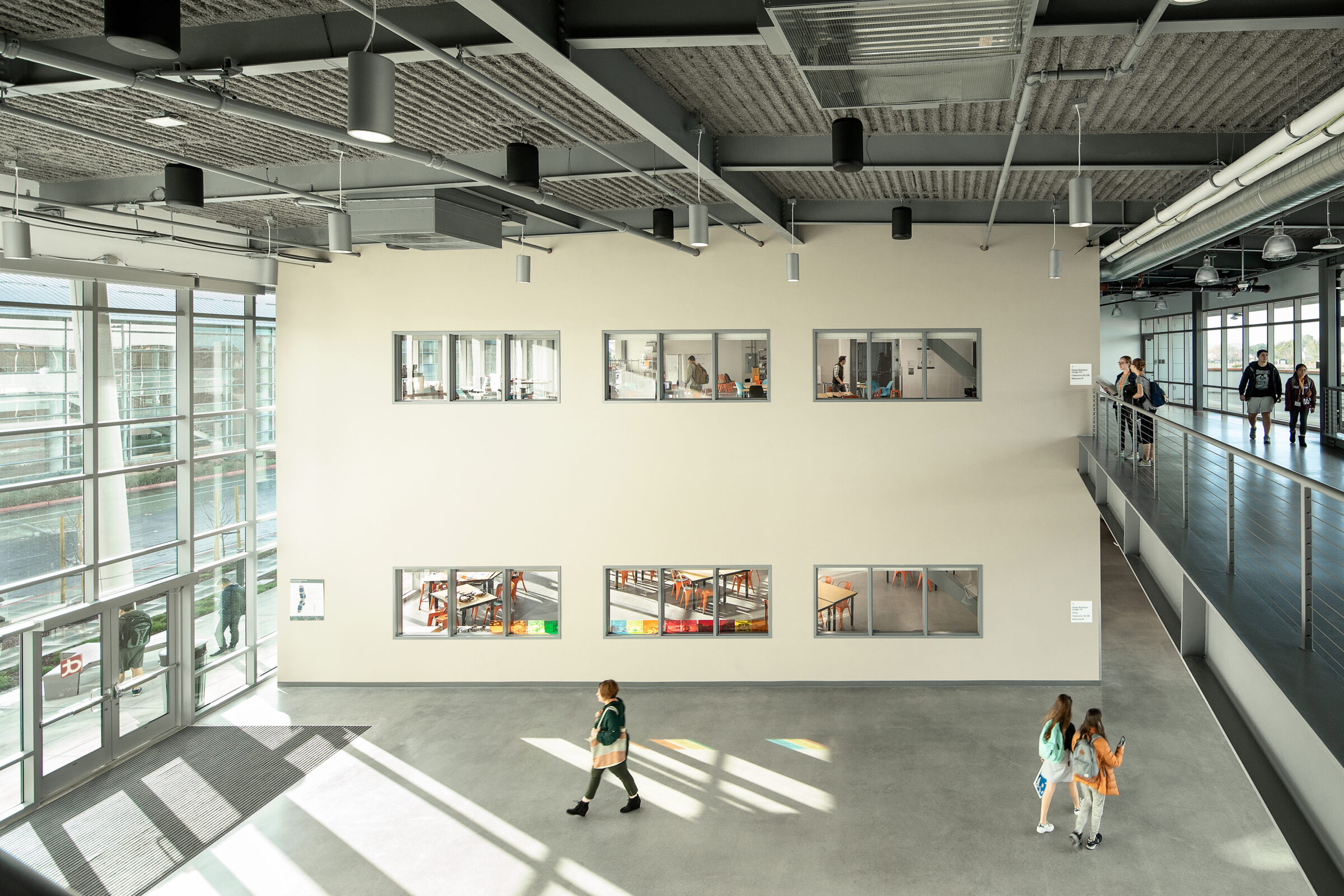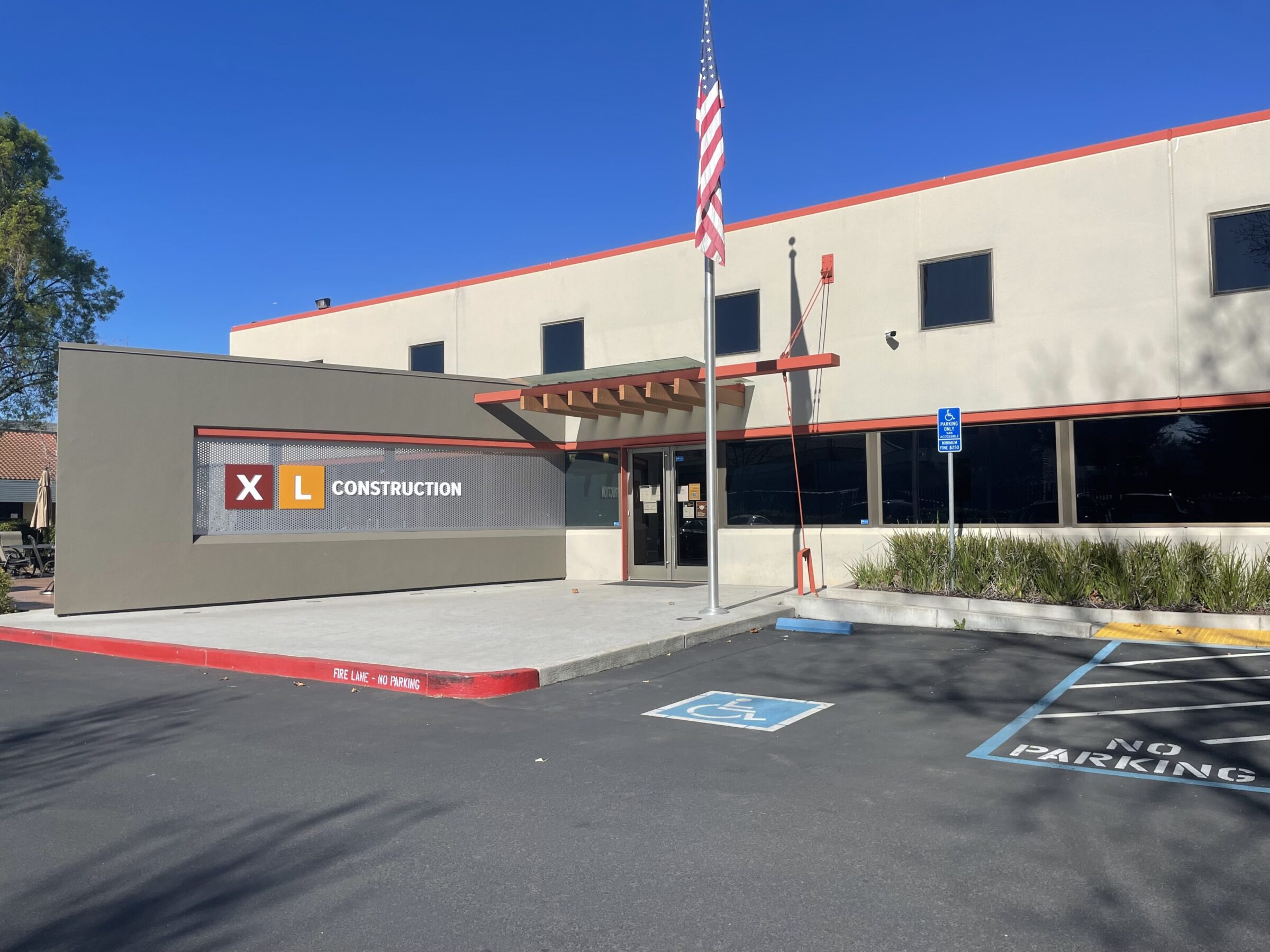AI Has the Potential to Save Construction From Worker Shortages, It Should be Nurtured, Not Feared

Matt Byrtus, VP of Business Technology at XL Construction, discusses Artificial Intelligence and its benefits in the AEC Industry.

Engineering News Record
July 11, 2024
Artificial Intelligence has great promise for construction’s future, but an overview can help understand where the technology is now.
In an industry that brokers in the physical and the tangible, artificial intelligence remains somewhat elusive. Its applications aren’t as obvious, but its potential impact is vast — and still quite nascent.
But before we analyze the possibilities, let’s clarify what AI is:
Types of AI
- Automation: processes things on a screen and performs mundane tasks, like invoice processing.
- Image and Data Analysis: involving sensory cameras. We use this on job sites now to flag safety issues by identifying who’s wearing safety goggles or proper PPE.
- Large Language Model (LLM): Recognizes and generates text. This didn’t exist until ChatGPT was released in 2023. It’s gone from its infancy to being an “intern” in the last year. In its infancy, you had to guide it to produce answers; now, it has more robust capabilities, but still requires a human to check its work.
LLM is the type of AI that is most widely discussed, and it’s worth clearing up some misconceptions about it.
What is and Isn’t LLM?
LLM is a database of all human knowledge, the entire human experience in one place. It’s essentially an algorithm that allows you to query the human experience and get an answer. A frequent question is “why is this a breakthrough? Isn’t it just Google?” Yes, but no: Unlike Google or some other search engine querying results across the internet, LLMs understand common language more completely and better accommodate more complex prompts. Each LLM has an entire database to draw from, and it synthesizes the data, rather than serving it up via individual links.
One common misconception about an LLM is that it speaks a language, when, in reality, it processes patterns. Every phrase is a pattern, and it responds in kind using patterns. It takes the patterns surrounding your query and produces a probable answer based on all human experience for that pattern. For example, the steps required to build a table transcend language. Regardless of the language spoken by the carpenters, their steps remain the same — they are a pattern. LLMs sound pretty amazing, right? But what about their limitations?
Well, an LLM has no reasoning capability, nor does it have any memory. It doesn’t “learn” in the sense that it can’t reference a previous question to drive to a new one. The previous query will add to the probability the answer was correct for that pattern, but it won’t “remember” what you just asked. It also has no spatial understanding. If a table is next to a chair, the LLM doesn’t understand what that means. It doesn’t understand where things should be in any given space — i.e. a table goes next to a chair — nor does it understand how to practically lay out the room.
It understands that a pattern exists where chairs are coupled with tables, but it does not spatially understand where the chair fits in relation to the table. It doesn’t use visual analysis in its processing, only pattern recognition.
AI’s Capabilities Within Construction
Construction, as an industry, is facing a looming labor shortage, and with it, a knowledge gap, as many employees age out of the workforce and not enough individuals enter the pipeline to replace them. AI can help to ease this transition, specifically with its ability to take over more tedious tasks and automate them. It can submit a change order; send notifications about safety issues, like a water leak; guide people to think through problems on a job site; autofill contract paperwork; do complex math; replace structural engineers by automating formulas into a plan (engineers will still need to review and stamp plans); engage in basic architecture (nothing overly aesthetic and artistic, but it it can process prompts to provide a new design based on existing models, but, again, it doesn’t understand space, so human input is still essential). Unlike some industries where AI is seen as a threat to the workforce, construction will increasingly depend on AI to ensure it can continue to function efficiently amidst the human labor shortage.
This means that AI can greatly contribute to getting people out of the trailer and onto the job. At the moment, the admin weighs heavily — there’s an enormous amount of paperwork and legal tasks in construction. Many project engineers spend most of their time in a trailer. With the help of AI, they can be free to focus on building.
One recent use case: One of our competitors had a federal project that required a 17-step process for all change orders, all of which had to be reviewed by every member of a 70-person department. They couldn’t keep up and were weeks behind. With the help of AI, they could program a bot to process these cases within a few minutes. This application of AI is still new, but the opportunity is huge.
The Future of AI + Construction
Robotics
At the moment, the use of robots in construction is fairly limited. Robots can draw lines on a wall and assist with some basic tasks if they’re programmed with the knowledge — but they aren’t yet operating on an AI level. The actual construction of a building is still very much a human activity, from the aesthetic of the building to the pouring/placement of the concrete to installing the electricity. It’s still a human labor-centric industry.
There’s a general fear that people will be replaced by robots, but that’s only applicable to some of the simpler or more dangerous tasks. With an AI engine, you could talk to a robot that would far surpass Siri. They require a lot of high-speed bandwidth and their spatial capabilities are limited, but once you implement visual sensors, their capabilities and understanding increase, and with it, their productivity.
How far away are we from this type of AI robotics in construction? I’m watching the self-driving car industry, as their spatial component mirrors the demands of construction. Once they get to level 5 automated driving and figure out how to plug in AI engines, we’ll be close. It’s always hard to place a timeframe on these technological developments, but it’s likely in the next 10 years. They may appear even more quickly in Europe.
Data
AI has a bright future when it comes to data, where it’s currently underutilized. A lot of data exists, but it’s far from fully optimized to apply it to increasing inefficiencies or distilling new learnings from it. Simple tasks are the most accessible: The employee handbook, perhaps, could have an AI engine that allows users to submit a query and receive an answer. Other use cases include summaries of documents, location information, and other data-driven tasks that deliver knowledge quickly and efficiently. Construction lags in this application of AI, and I anticipate we’ll see growth in this area in coming years.
Quantum Computing
One challenge of AI is its heavy usage of energy and storage. There’s never enough internet bandwidth on the job site, and power is always an issue. But as quantum computing gets more powerful and compact, it will allow us to use AI in smaller, more accessible packages — which means implementing it into better, more power-efficient robots, computers, and algorithmic engines. Quantum computing will also speed up the computing power, further increasing efficiency.
A Word of Caution
We don’t have to look hard to find examples of well-intentioned advances in technology that turn dark quickly. So, what could go wrong with AI in construction?
If you’re not using an enterprise tool and just using an open AI on the internet, all input becomes public domain. This is a risk because AI often “hallucinates” — as in, it doesn’t always offer the correct answer. It’s a probability engine, and there’s always a probability it will give you a “bad” answer, which could lead to safety concerns, contractual liability, and lawsuits. That means AI is only as good as the person checking the work. Eventually, we’ll have an AI that checks the AI response — but not yet. It’s still in its “intern” phase.
Despite the challenges, AI will speed up our ability to run projects and address issues. It will also help people concentrate on becoming better builders, rather than simply learning systems. And more time spent building is a win for everyone.
Source: Engineering News Record
Keep up to date with our latest news and industry insights.





